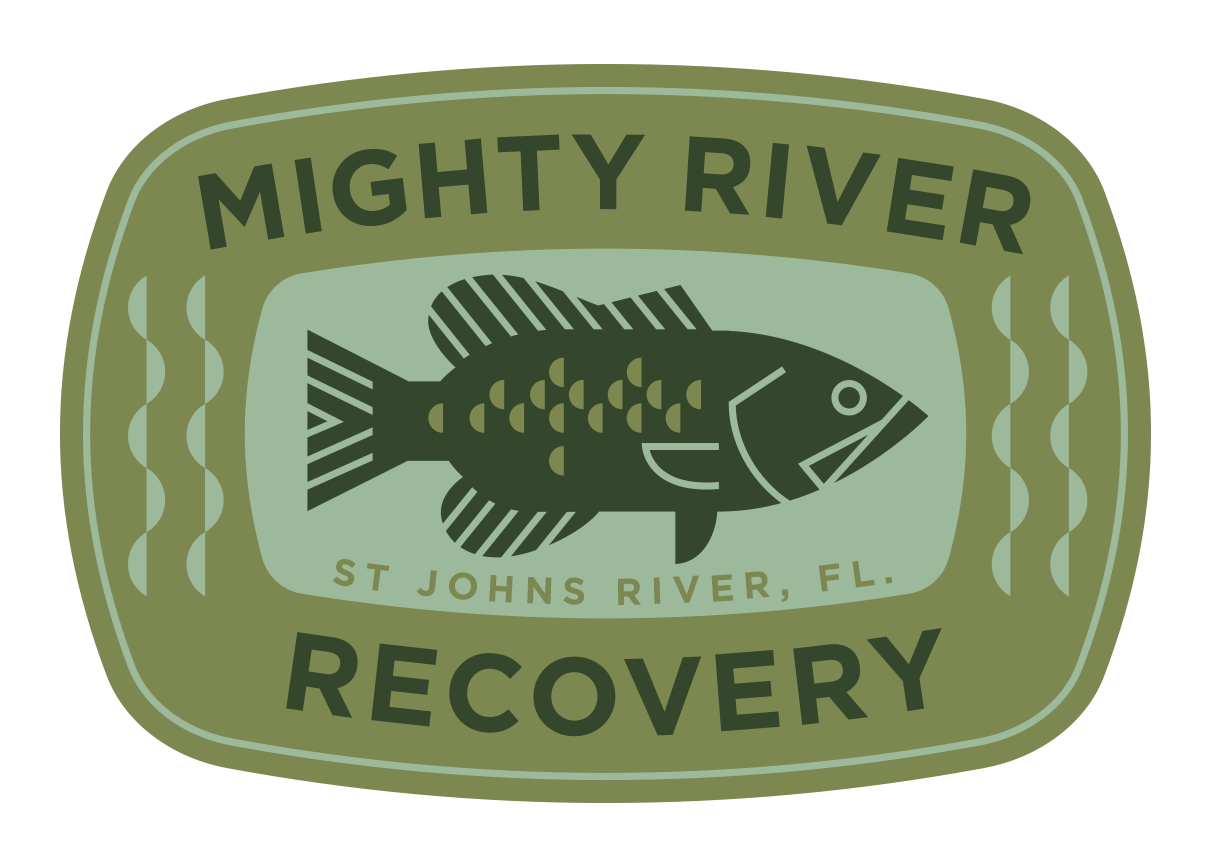The Communication Gap.
The mission of Mighty River Recovery is divided into three core principles. One of these - and the topic that receives the most attention - centers around improved communication with the management community.
Let’s just call it like it is.
In recent decades, the agencies in charge of managing Florida’s aquatic ecosystems have experienced a dramatic downturn in citizen approval. Today, groups like the Florida FWC, the US Army Corps of Engineers and the various Florida Water Management Districts are often viewed more negatively than positively.
The reason for this is three-fold. One, Florida’s complicated, sub-tropical ecosystem and growing human population pose incredible challenges to plant management, resulting in mis-information. Whereas a quick treatment or two can wipe out invasive plants in other parts of the country, in Florida, plant management is a full-time job. Exploding nutrient levels, exotic pests, the loss of wetlands, modern farming methods and those green, green golf courses create a complicated scenario that’s often misunderstood and misrepresented.
The average Floridian isn’t a management expert; they simply want what’s best for their resource. And surveys prove that the citizens of Florida view the methods used to manage aquatic landscapes as a failure, overall. As a result, the management community has taken the blame - justified or not - resulting in reason #2.
Finally, the response to that blame leads to reason #3: Instead of tackling the issue head on, educating the public about management challenges and discussing ways to work together, the overall response by aquatic managers has been avoidance. While recent meetings were held to discuss topics like herbicide spraying - even leading to a momentary pause in the activity - no long-term change resulted for most of Florida. It’s business as usual, with no end in sight.
And that’s where Mighty River Recovery comes in. We see an end in sight.
No, Mighty River Recovery is not advocating to end the aquatic herbicide spraying programs in Florida. That wouldn’t be wise.
Mixed vegetation on the St. Johns River
You see, to dive deeper, invasive plants are just that - invasive. Meaning they invade a landscape and can, ultimately, take over. Plants like water hyacinth and Cuban bulrush are not native to Florida, and have few natural predators here. Our only option, then, is some type of human control.
In the past, that simply meant spraying those plants with herbicide and watching our problems disappear. Little was done to consider the fall-out from repeated spraying because, for the most part, we didn’t know better. Besides, the interior of Florida was a large, sparsely-populated place in the 1970s and 80s.
But, as we all know, today’s Florida is nothing like it was in the 1980s.
Stressors on the St. Johns River ecosystem are monumental. Our growing population is quickly pushing water quality levels in the wrong direction. Add to this the variables mentioned earlier (exotics, wetland loss, urbanization and more), and we’ve got a recipe for disaster.
Yet management practices have largely remained unchanged. Sure, they’ve advanced, and become more scientific. Many have refined the materials and quantities used.
But it’s still spray, let the dead plants sink, and move on to the next spot.
When discussing these practices, the management community states that studies have been done to document that it’s essentially more harmful to the ecosystem to leave invasive plants alone than it is to spray those plants and allow them to die.
But that just doesn’t line up…
You see, many of the studies that the management community leans on were done in retention basins. Not studies in the wild, where plants compete with one another. Where nutrient levels ebb and flow with the current or climate. Or where insects, fish and wildlife utilize the plants. Or manatees eat them.
Managers also state - often boldly - that there is no cost-effective method for control of these plants other than spraying with herbicides. We wonder, why is that?
In 2024, billions of dollars will be allocated to environmental projects around Florida through state and federal funding. Most will be used to clean up the messes we’ve previously created through poor planning and management. Yet we can’t find the funding to control plants in an environmentally-conscience way? And no one wants to try?
Mighty River Recovery continues to push forward on these issues. We’re working to set up meetings to discuss a new direction for plant control on the St. Johns River.
Right now - at this time - we’re contacting the management community to discuss taking the next step. Working towards new research, done in the wild. Addressing the idea of alternative methods. Really understanding what happens when our resources are treated for generations with no consideration for long-term decline.
Pushing for the concept that maybe, just maybe, we’re not doing things the right way, or the only way, and the time is NOW for a new way.
Through our social media platforms and newsletters, we’ll keep you informed of these conversations, and give you insight as to our progress.
For once, you can be assured that you WILL get the details, and see behind the complicated curtain of Florida’s resource management decisions. This is a lengthy process and takes organization. And the lack of that organization and long-term commitment is why attempts to change have always failed in the past. That’s where Mighty River Recovery is different.
Remember, there’s one way everyone can help. Follow Mighty River Recovery on social media. Share our posts. Refer a friend. Sign up to be a member.
Our biggest ally is our numbers. Because together, we are Mighty.

